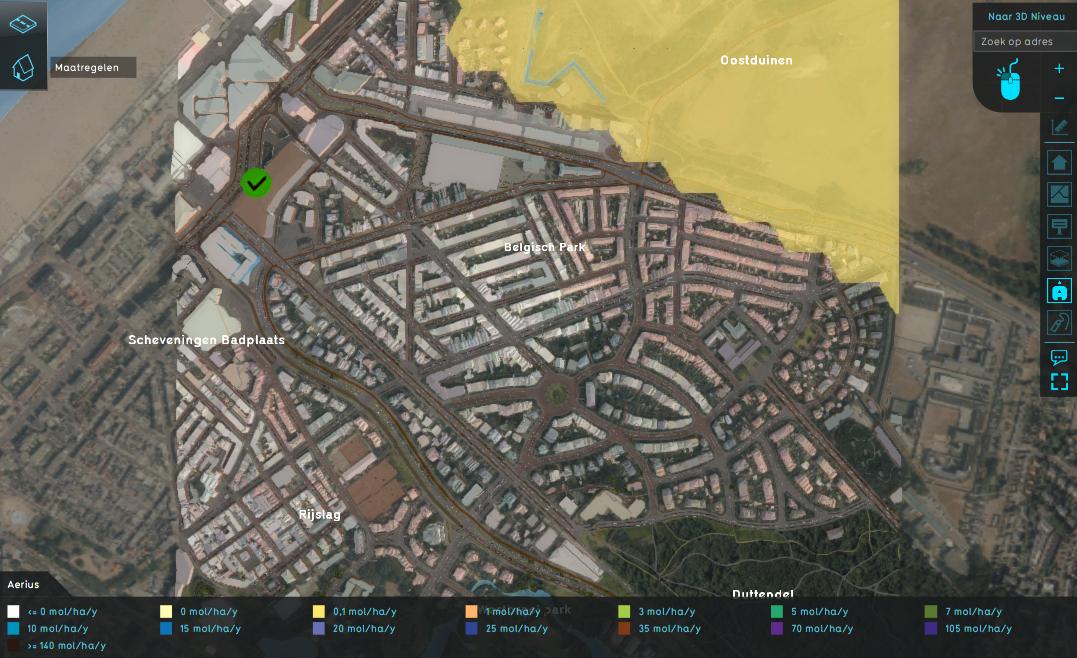Aerius Module: Difference between revisions
Jump to navigation
Jump to search
No edit summary |
No edit summary |
||
| Line 12: | Line 12: | ||
# Each sector has its own feature description, for which Aerius can calculate the corresponding emissions. | # Each sector has its own feature description, for which Aerius can calculate the corresponding emissions. | ||
# A {{software}} session represents a single situation in an Aerius calculation. This means that the Natura 2000 pollution is calculated for the current state of the project session, not per individual feature. | # A {{software}} session represents a single situation in an Aerius calculation. This means that the Natura 2000 pollution is calculated for the current state of the project session, not per individual feature. | ||
==See Also== | ==See Also== | ||
* [[Aerius (Overlay)|Aerius Overlay]] | * [[Aerius (Overlay)|Aerius Overlay]] | ||
Revision as of 08:54, 27 July 2020
The Aerius module calculates NOX and NH3 pollution on Natura 2000 areas by using the AERIUS Connect Api. The Aerius module can be used for the following:
- Calculate emissions for roads based on the type of road and the number of vehicles per traffic category.
- Calculate the emissions for planned constructions, based on fuel usage of the construction machines, materials used and the created apartments, houses and office space.
- Calculate the pollution of NOX and NH3 on nearby Natura 2000 areas.
Concept
- Existing or to be constructed buildings create NOX and NH3 emissions. These emissions also possibly pollute Natura 2000 areas.
- The emissions are categorized by Aerius into sectors and sub types within these sectors.
- Each sector has its own feature description, for which Aerius can calculate the corresponding emissions.
- A Tygron Platform session represents a single situation in an Aerius calculation. This means that the Natura 2000 pollution is calculated for the current state of the project session, not per individual feature.





